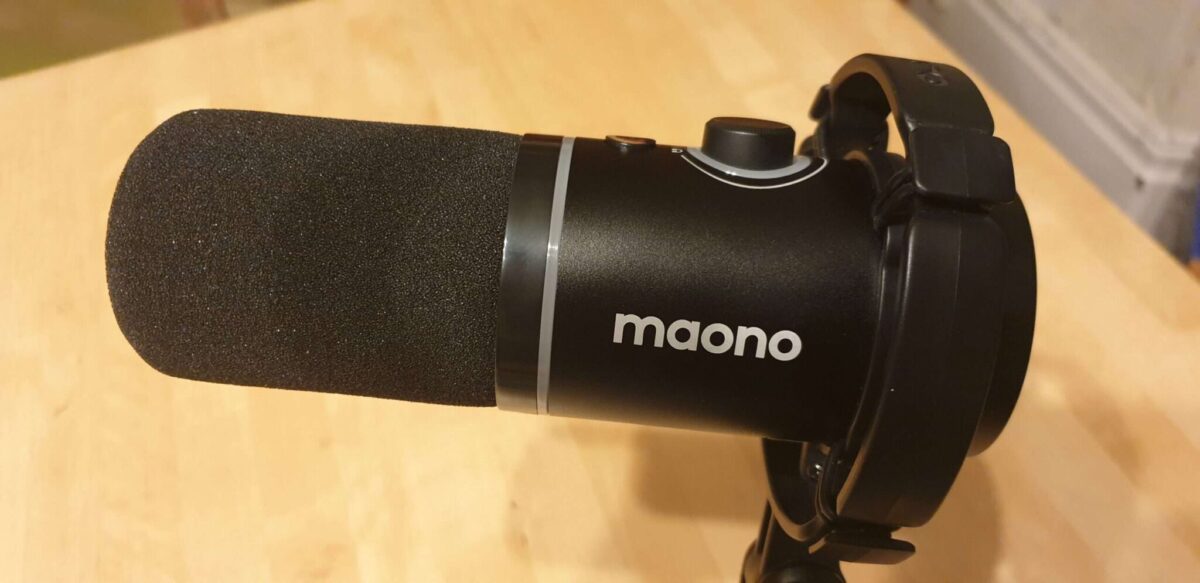Detailed comparisons between the RODE Videomic ME and the internal iPad mic for vocals and acoustic guitar.
The RODE Videomic ME is a directional microphone designed to replace the internal condenser mic on any TRRS (3.5mm jack/mic socket) equipped device, such as a mobile phone (in my case the Samsung Galaxy S9), or an iPad.
In theory, the RODE Videomic ME should cut out the extraneous background noise generated from the internal condenser mic, whilst delivering a more focussed, more natural, richer tone.
Personally, I think it works, but before you drop £50 on one, please judge for yourself in the below video review.
The RODE Videomic ME provides an ideal solution for me. It negates the need for a more expensive (and complicated) USB interface + standalone mic. It’s simple, effective, and compact.
RODE Videomic ME Tone.
Totally subjective I know, but for me the tone is more focussed (as it should be with a directional mic) and warmer than the internal mic. There’s more midrange which makes the vocals and acoustic ‘pop’ (Hope you picked this up in the video). It lacks some of the high-end air of the condenser, but delivers audio that is much easier to deal with at the mixing stage. No noise gate here and boosting the high EQ doesn’t equate to even more dirt.
Does it sound as good as a stand-alone mic? I’d say it was on a par with my last dynamic recording mic, the Shure SM58, although in fairness that’s a mic more suited to live use. The directness of the connection makes a big difference with the RODE Videomic ME. It’s literally the mic straight into the iPad. My old SM58 had a USB interface to go through before the signal got anywhere near my PC/DAW. Not bad for a product costing half the price of an SM58!
Against a dedicated vocal recording mic? That’s more complicated. A pro user would probably go for a large-diaphragm condenser or a ribbon mic, these are around double the price of the RODE Videomic ME (and up) and necessitate additional outboard gear (pop shield, audio interface, stand, lead). All in all, you’re taking close to the price of an actual iPad, which kind of defeats the object, but nonetheless is the route to ultimate tone.
Downsides of the RODE Videomic ME
Increasing levels of delay/unwanted ambiance are introduced as the distance increases between the source and the RODE Videomic ME, say 2 feet plus for example. This isn’t noticeable on the video review but in a controlled environment (e.g. music production) this is much more of a nuisance.
To be fair, the above issue is a feature of all non-condenser/dynamic mics. Indeed, positioning the mic away from the source is a tried and tested method to add natural reverb to recordings, especially for acoustic/electric guitar. For music production, it’s always best to record closer to the source.
For recording live music with multiple sound sources (e.g. a band), the internal condenser mic would give a much better account of itself, capturing more of the detail and ‘feel’ of the moment.
Another downside is the positioning of the RODE Videomic ME. It points at a ninety-degree angle way from the device. Not so much an issue on a mobile phone, but on an iPad (with its larger screen) you need to move off-center to be in-line with it.
RODE Videomic ME sound examples and Video Review
For an example of a finished song using the Rode Videomic ME, watch ‘When You’re In Love’. This was produced on an iPad with Garageband.
Subscribe : https://youtube.com/c/adamharkus?sub_…
Conclusion
The RODE Videomic ME is a quality piece of kit designed by one of the best in the business.
It’s small, light, built to last, and doesn’t need a power supply or any other additional equipment to work.
On the performance front, it does exactly what it says on the tin, delivering an upgrade to the sound quality of the internal condenser mic, whilst greatly reducing background noise, all for only £50.
If you’re serious about music production, particularly on an iPad with Garageband, it’s the perfect fit.



